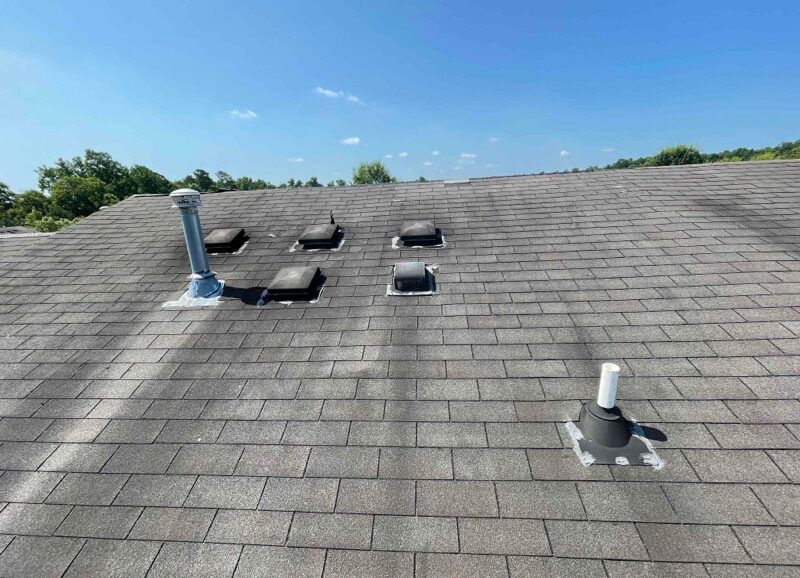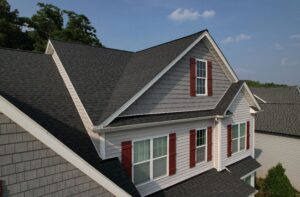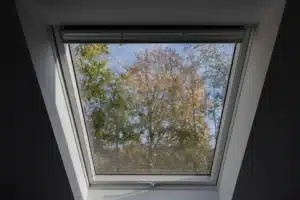
Roof leaks can cause significant damage to a home if the underlying cause isn’t discovered and repaired promptly.
Since water can travel outward from the point where a leak occurs, it may be difficult to pinpoint the exact cause.
Below we’ll cover some of the most common causes of roof leaks.
Before or during the rainy season, check out these potential causes in order to stop an existing leak or to prevent future problems.
Common Causes of Roof Leaks
Age
Roofing materials deteriorate with age and become less effective at keeping water out. Temperature fluctuations and weather conditions may cause roofing materials to become brittle and crack over time. Exposure to direct sunlight can melt the tar that seals shingles together.
Roof Vents
It’s important for any penetration through the roof to be sealed properly to prevent leaks. Inspect the gaskets around vent pipes for cracks or gaps and check for missing nails. Plastic vents may crack after years of exposure to the weather.
Slope
If the roof slope is too shallow, wind can lift shingles and drive rain underneath. Roof slope, or pitch, is measured as a ratio of its vertical rise, in inches, over a horizontal distance of 12 inches. The International Building Code stipulates that the roof slope must be at least 2:12 for installation of asphalt shingles. If the slope is between 2:12 and 4:12, a double layer of underlay material must be used. Ensure that your roofing materials are appropriate for the roof pitch and have been installed properly.
Debris
The buildup of debris such as twigs, leaves, or pine needles can trap water against the roof and allow it to seep in by capillary action. It’s important to keep the roof clear to permit water to run off quickly. Trimming overhanging tree branches will make it easier to keep your roof free of debris.
Flashing
Metal roof flashing seals roof transitions where large amounts of water run down or where absorption may occur. Flashing is placed where the roof joins a dormer, where a chimney penetrates the roof and around the edges of skylights. Flashing sections may slide out of place if nails are missing and caulk may dry and crack over time.
Ridge Cap
The ridge cap covers the gap at the peak of a roof where the two slopes meet. Contractors who use rope and harness systems without protecting the ridge cap can create holes in the roofing material, allowing rain to enter.
Gutter Backup
Gutters that are clogged with leaves or other debris can slow the water flowing off the roof, giving it time to soak through. Gutter covers can help keep gutters clear of debris to ensure that water flows freely and quickly off the roof.
Holes
Holes remaining after the removal of a TV antenna or some other rooftop installation can draw water into the house. Inspect the roof for holes and seal any that you discover.
Excess Moisture
Draining upper roof gutters directly onto a lower roof can lead to the lower section becoming overly saturated, which can cause leaks. Extend the downspout to the next gutter or down to the ground instead.
Missing Shingles
Strong winds can rip shingles from the roof, and you may have an exposed area where you can’t see. Climb a ladder to inspect hidden areas and check for missing shingles.
This article is adapted from SFGate.com.



